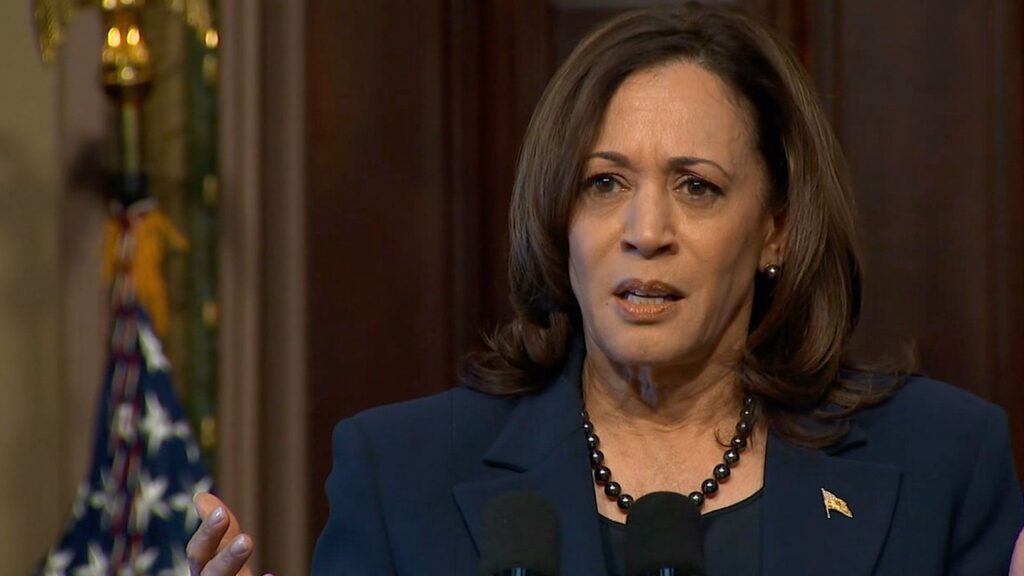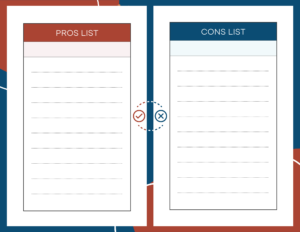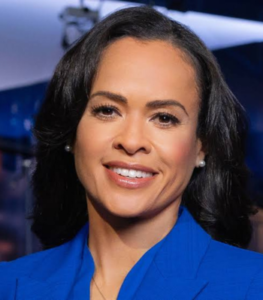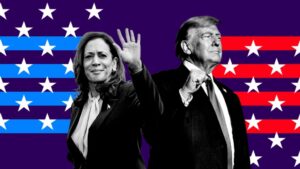 Introduction: Project 2025 – How Democrats Weaponize Conservative Policy
Introduction: Project 2025 – How Democrats Weaponize Conservative Policy
Project 2025 has ignited a firestorm in the media and political circles, portrayed by Democrats as a threat to democracy. But is this portrayal grounded in reality, or is it a calculated political weapon designed to demonize Donald Trump and conservative values?
Let’s set the record straight: Project 2025 is not an extremist manifesto but a well-thought-out plan to restore American governance to its constitutional roots—less government, fewer regulations, and more power to the people. Yet Kamala Harris and her Democratic allies continue to link Trump to the project, despite Trump’s own statements that he was not involved in drafting it. What’s happening here is clear—this is election rhetoric at its most deceptive, and we need to cut through the noise to focus on the facts.
In this post, we’ll take a closer look at how Democrats are twisting the narrative, why Trump’s distance from Project 2025 is politically smart, and how this entire episode reflects a larger pattern of manipulation by the Left to scare voters with baseless accusations of “extremism.”
Project 2025: The Blueprint for a Conservative Comeback
At its core, Project 2025 is a comprehensive guide prepared by conservative organizations like the Heritage Foundation to ensure a future GOP administration can make immediate strides in dismantling the administrative state and restoring executive authority. The goal is clear—streamline the federal government, slash burdensome regulations, and put America First, ensuring that the people’s voices are heard, not bureaucratic elites’.
The Left’s outcry over Project 2025 tells us something important: They fear its success. They know that a smaller, more efficient government means less room for their bloated, nanny-state policies. They understand that a Republican victory in 2024, armed with this roadmap, could undo the damage inflicted by the Biden administration’s regulatory overreach.
But instead of engaging with these ideas on their merits, Democrats have launched a campaign to label the entire project as “extremist.” That word—extremist—has become the go-to tactic for the Left. It’s designed to scare voters away from rational debate, making it easier to vilify conservatives rather than address their arguments head-on.
Trump’s Wise Move: Distancing from the Left’s Trap
One of the most strategic moves Trump has made in recent months is to distance himself from the specific drafting of Project 2025, even though many of its principles align with his America First agenda. Trump knows that Democrats, led by Kamala Harris, are desperate to tie him to any policy they can weaponize as “radical” or “dangerous.”
Let’s be clear: Trump’s distancing doesn’t mean he disagrees with the values espoused in Project 2025. On the contrary, Trump’s administration exemplified many of the policies the project supports—cutting taxes, deregulating industries, bringing jobs back to the U.S., and restoring law and order. But by maintaining some distance, Trump cleverly avoids playing into the Left’s narrative. It gives him the flexibility to champion these ideas without getting mired in the Democrats’ desperate smear campaigns.
Trump has always been a master of political maneuvering, and this is no different. He knows the Left will stop at nothing to paint him as a threat to democracy, so why give them more ammunition by embracing a document they are already mischaracterizing?
Harris’ Campaign of Fear: Manipulation Masquerading as Concern
Kamala Harris has seized on Project 2025 as a centerpiece of her attacks, despite having little to no understanding of its true content. She calls it a dangerous plan that would dismantle democracy—though, notably, she never delves into specifics. Instead, Harris uses sweeping, baseless accusations that appeal to fear rather than facts.
What Harris is doing is classic left-wing fearmongering. Instead of discussing the merits of limiting government or decentralizing power, she paints any attempt to do so as “extremism.” But let’s be honest, the real extremism comes from those who wish to expand the federal bureaucracy beyond recognition, forcing socialist policies down the throats of Americans without regard for liberty, economic growth, or the Constitution.
This isn’t about Trump, Project 2025, or even the conservative agenda. Harris and her Democratic allies are fighting to maintain their grip on power by manipulating voters with lies about what conservatives truly stand for. It’s an effort to create an emotional response rather than an informed one, and it’s deeply dishonest.
The Real Extremism: The Left’s Attack on Conservative Values
Harris’ attacks on Project 2025—and by extension, Trump—are emblematic of a larger problem: the Left’s outright refusal to engage with conservative ideas in good faith. Every time conservatives put forth a policy that challenges their vision of a bloated government, the Democrats cry “extremism,” hoping to scare voters into submission.
We’ve seen this tactic over and over again. When Republicans call for fiscal responsibility, the Left brands it “austerity.” When we demand secure borders, they scream “racism.” And now, when conservatives propose limiting the government’s overreach through Project 2025, it’s painted as a threat to democracy. This is not a genuine debate about the future of America; it’s political theater aimed at suppressing any opposition to the Left’s ever-expanding agenda.
The truth is, Project 2025 offers a vision of government that empowers Americans—not bureaucrats. It’s about getting Washington out of the way so that families, small businesses, and communities can thrive without the constant interference of an out-of-touch federal government. But to admit this would force Democrats to engage in actual debate, something they seem wholly unwilling to do.
Cutting Through the Election Rhetoric
So what’s the truth about Project 2025, and why should Trump supporters care? The truth is, this plan offers the tools needed to restore order, economic vitality, and national sovereignty. It’s the antidote to years of failed left-wing policies that have bloated the government and eroded the freedoms of everyday Americans.
Yet, the Democrats, led by Kamala Harris, want you to believe it’s a radical document written by extremists. They want you to think that Trump, by mere association, is endorsing an agenda that will destroy America. Nothing could be further from the truth.
Trump’s smart distancing from Project 2025 is not an abandonment of conservative values but a calculated move to avoid giving Democrats more opportunities to mischaracterize his positions. What matters most is the principles at play: reducing government overreach, protecting American jobs, securing the border, and returning power to the people.
Conclusion: Don’t Fall for the Left’s Rhetorical Games
As we head into the 2024 election, we can expect more of the same tactics from the Democrats—fearmongering, distortions, and outright lies. They will continue to try to paint conservatives, Trump, and Project 2025 as radical threats to democracy, all while ignoring their own reckless expansion of government power.
But here’s the reality: Project 2025 represents a return to the values that made America great—limited government, free markets, and individual liberty. Trump’s distancing from the project is not an indication of disagreement but a refusal to let the Left control the narrative. And the more we allow ourselves to be distracted by the rhetoric, the more we lose sight of what’s really at stake.
The 2024 election is about one thing: reclaiming America’s future from those who seek to undermine it with lies and manipulation. Don’t let the rhetoric fool you—conservative principles, embodied in Project 2025, are the path forward.








 The debate around taxation has heated up once again, with proposals on the table that would impose new taxes on businesses, the wealthy, and even on unrealized capital gains—essentially taxing wealth before it is actually earned or sold. While the rhetoric behind these policies is framed around fairness and economic equality, a deeper dive into the economics suggests that these taxes will do far more harm than good.
The debate around taxation has heated up once again, with proposals on the table that would impose new taxes on businesses, the wealthy, and even on unrealized capital gains—essentially taxing wealth before it is actually earned or sold. While the rhetoric behind these policies is framed around fairness and economic equality, a deeper dive into the economics suggests that these taxes will do far more harm than good. As the 2024 U.S. Presidential election looms, two prominent figures emerge with significantly different visions for the country: Vice President Kamala Harris and former President Donald Trump. Both have outlined their plans in speeches, public statements, and policy documents. Below, I’ll compare the top six policy areas where their platforms diverge and explore how they plan to achieve their objectives. These are based on their publicly stated goals and policy outlines.
As the 2024 U.S. Presidential election looms, two prominent figures emerge with significantly different visions for the country: Vice President Kamala Harris and former President Donald Trump. Both have outlined their plans in speeches, public statements, and policy documents. Below, I’ll compare the top six policy areas where their platforms diverge and explore how they plan to achieve their objectives. These are based on their publicly stated goals and policy outlines. This concern apparently drove Davis and Muir to take a different approach when moderating the Trump-Harris debate. Instead of holding both candidates to an even standard, the moderators seemed determined to avoid a repeat of Biden’s disastrous performance by taking special aim at Trump. Davis admitted to the Los Angeles Times that they fact-checked Trump because of the “concerns” raised during the Biden debate, but her reasoning is troubling. Instead of creating a fair forum for all candidates, the moderators preemptively decided to stack the deck against one.
This concern apparently drove Davis and Muir to take a different approach when moderating the Trump-Harris debate. Instead of holding both candidates to an even standard, the moderators seemed determined to avoid a repeat of Biden’s disastrous performance by taking special aim at Trump. Davis admitted to the Los Angeles Times that they fact-checked Trump because of the “concerns” raised during the Biden debate, but her reasoning is troubling. Instead of creating a fair forum for all candidates, the moderators preemptively decided to stack the deck against one.